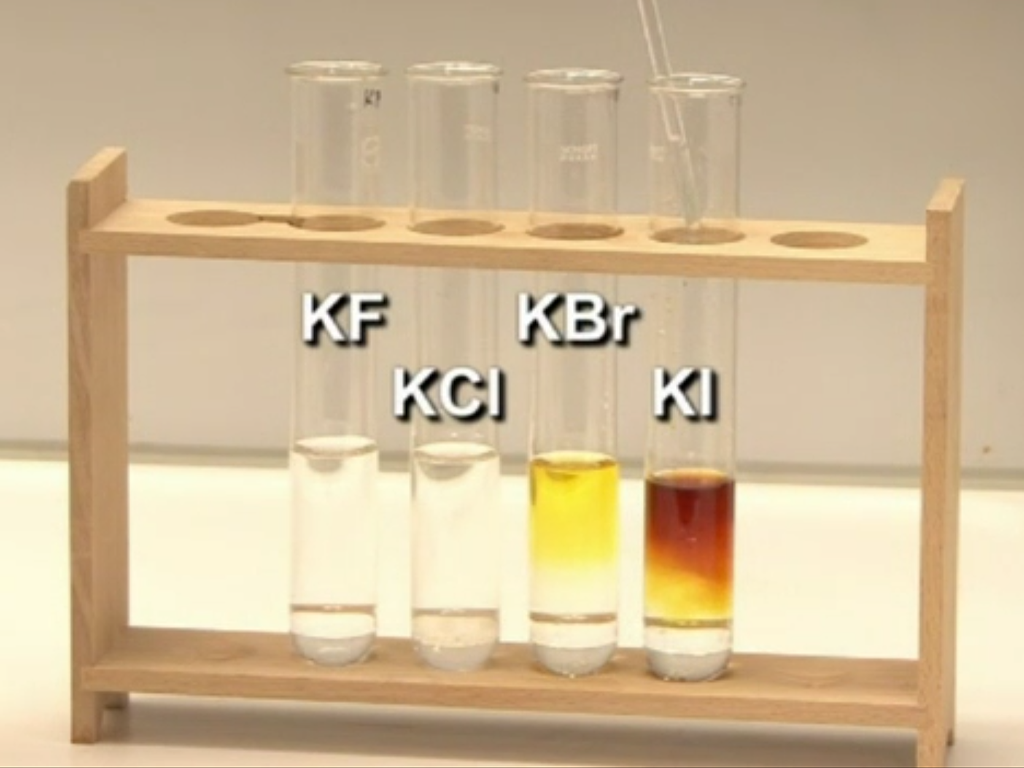 Chemistry
Chemistry

55502480
Eigenschaften von Stoffen
In 10 interaktiven Modulen und in interaktiven Videos wird Wissen zu den Themen Stoffe und ihre Eigenschaften, Gemische, Gemenge und Lösungen vermittelt und abgefragt.
Das Medium bietet H5P-Aufgaben an, die ohne zusätzliche Software verwendbar sind.
Durch interaktive Aufgabentypen wird das audiovisuelle und interaktive Lernen einfach.
Lernen macht jetzt Spaß!
Included Tasks
- I Chemische Eigenschaften - Interaktive Aufgabe
- II Teilchenmodell - Interaktive Aufgaben
- III Dichte - Lückentext
- IV Verständnis durch Modelle - Interaktives Video
- V Härteskala nach Mohs - Interaktive Aufgabe
- VI Überall Gemische - Interaktives Video
- VII Gemenge - Wortgitter
- VIII Reinstoffe und Gemische - Bildzuordnung
- IX Destillation - Interaktive Aufgaben
- X Löslichkeit - Lückentext
Curriculum-centred and oriented towards educational standards
Matching
Halogens
The compounds of halogens are - with the exception of astatine - widespread, can be encountered in nature and are versatile substances. This fact is taken up on this DVD in order to teach the students the chemistry of the halogens by illustrating their special qualities and explaining the correlation of their structure with their chemical properties. In the first part, an overview of the element group of halogens lays emphasis on the common as well as on the distinguishing characteristics of fluorine, chlorine, bromine and iodine. In a second part, the specific properties of bromine and iodine are presented. This topic is linked to the students‘ everyday experience on the one hand (bromine as a catalyst for reactolite sunglasses, iodine as an agent in medicine, etc.) on the one hand. As a rule, they are of a kind that can only be realized with difficulty, or high expenditure in the chemistry classroom. With the help of these experiments, students are introduced to the chemistry of the halogens in a way that enables them to draw conclusions on the basis of their observations.
World of Crystals
What have salt, iron, diamonds and a snow flake in common? At first glance, not very much.








